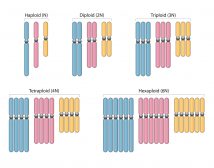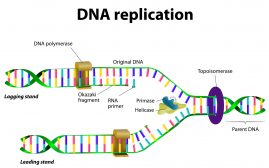Definition
noun
(taxonomy) A phylum of the domain Bacteria that includes medically and scientifically important species such as Escherichia, Salmonella, Vibrio, Helicobacter, and Yersinia
Supplement
The phylum (Proteobacteria) belongs to the domain Bacteria and is comprised of gram-negative bacteria with an outer membrane consisting largely of lipopolysaccharides. Many of them have flagella used for locomotion. Few of them move through bacterial gliding; others are non-motile. Members of this phylum are anaerobic. Many of which are facultative anaerobes; others are obligate aerobes. The name of the phylum is named after the Greek god of the sea, Proteus, who is regarded as a god capable of assuming different shapes. This is because of the great diversity of forms of species belonging to this phylum.
The Proteobacteria have six taxonomic classes that were named with Greek letters:
- Alphaproteobacteria (e.g. Brucella, Rhizobium, Agrobacterium, Rickettsia, etc.)
- Betaproteobacteria (e.g. Bordetella, Neisseria, Nitrosomonas, etc.)
- Gammaproteobacteria (e.g. Escherichia, Shigella, Salmonella, Yersinia, Pseudomonas, Vibrio, Haemophilus, etc.)
- Deltaproteobacteria (e.g. Desulfovibrio, Geobacter, etc.)
- Epsiolonproteobacteria (e.g. Helicobacer, Campylobacter, etc.)
- Zetaproteobacteria (e.g. Mariprofundus sp.)
Scientific classification:
Mentioned in:
- Brucella microti
- Bordetella avium
- Bordetella holmesii
- Acinetobacter bereziniae
- Neisseria mucosa
- Neisseria polysaccharea
- Neisseria flavescens
- Neisseria elongata
- Acinetobacter parvus
- Acinetobacter beijerinckii
- Providencia
- Providencia alcalifaciens
- Moraxella atlantae
- Moraxella bovis
- Moraxella caprae
- Haemophilus
- Salmonella typhimurium
- Rickettsia prowazekii







